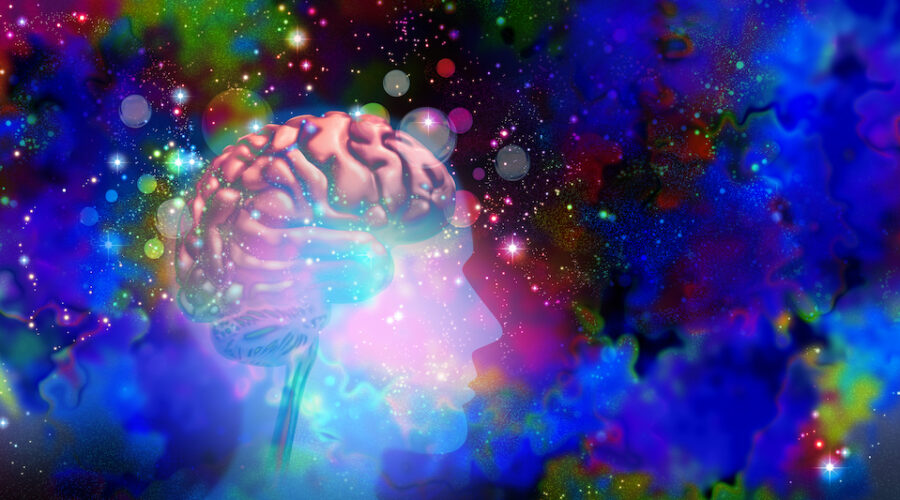Mount Sinai Figures Out How Psychedelics and Serotonin Receptors Work Together for Therapeutic Benefits
There has been an exciting development from the Icahn School of Medicine at Mount Sinai. Researchers are making significant strides in understanding the interaction between psychedelics and serotonin receptors, potentially paving the way for new treatments in neuropsychiatric disorders such as depression and anxiety. Published on May 8 in Nature, this study delves into how certain psychedelic substances, including LSD and psilocybin, activate a lesser-known serotonin receptor in the brain, known as 5-HT1A, to produce therapeutic effects.
New: Interested in Being Part of a Psychedelics-Focused Clinical Trial? Sign Up Here
The Exciting Promise of Psychedelics
Psychedelics have been the subject of much fascination and clinical research due to their promising effects in early trials.
Audrey Warren, a PhD candidate at the Icahn School of Medicine and the first author of the study, explains, “While we’ve seen encouraging results from clinical trials of psychedelics, understanding the molecular dynamics within the brain has been less clear. Our research provides new insights into how these drugs interact with serotonin receptors to influence their therapeutic potential.”
The study specifically looked at LSD and 5-MeO-DMT, a compound found in the secretions of the Colorado River Toad, known for their effects mediated through the serotonin receptor 5-HT2A. However, these substances also activate 5-HT1A, which has been shown to be a valuable target for treating mood disorders. Collaborating with Dalibor Sames, PhD, a chemistry professor at Columbia University, the Mount Sinai team synthesized derivatives of 5-MeO-DMT and applied techniques such as cell signaling assays and cryo-electron microscopy to pinpoint which chemical components most effectively target 5-HT1A over 5-HT2A.
Ready to explore a new horizon in mental health? Try out the beta version of HealingChat, HealingMaps AI chatbot that takes all our vetted content, clinics and retreats to answer all your questions in a safe environment. Try the beta version now!
Psychedelics and Serotonin: The Mice are Less Depressed
One compound, termed 4-F, 5-MeO-PyrT, emerged as the most selective for 5-HT1A, demonstrating antidepressant-like effects in a mouse model of depression without the hallucinogenic side effects associated with 5-HT2A activation. Lyonna Parise, PhD, an instructor in the lab of Scott Russo, PhD, at Icahn Mount Sinai, tested this leading compound, noting its potent antidepressant properties.
Daniel Wacker, PhD, the study’s senior author and Assistant Professor of Pharmacological Sciences and Neuroscience at Icahn Mount Sinai, shared his enthusiasm about the findings. “By refining the molecular structure of 5-MeO-DMT, we’ve maximized the therapeutic activity at the 5-HT1A receptor with minimal effects at 5-HT2A. This opens up exciting possibilities for developing new, non-hallucinogenic psychedelic-based treatments.”
What’s Next?
The implications of these findings extend beyond just understanding drug mechanisms. They set the stage for the creation of novel medications derived from psychedelics that retain their therapeutic benefits without inducing hallucinations, a significant step forward in psychedelic-assisted therapy.
In addition to exploring the therapeutic potentials of psychedelics, they are also looking at the broader physiological impacts.
This research was supported by the National Institute of General Medical Sciences, the National Institute of Mental Health, and the National Institute on Drug Abuse. The findings not only enhance our understanding of psychedelic pharmacology but also hold promise for developing advanced treatments for mental health disorders, aligning with Mount Sinai’s mission to push the boundaries of science and medicine.



